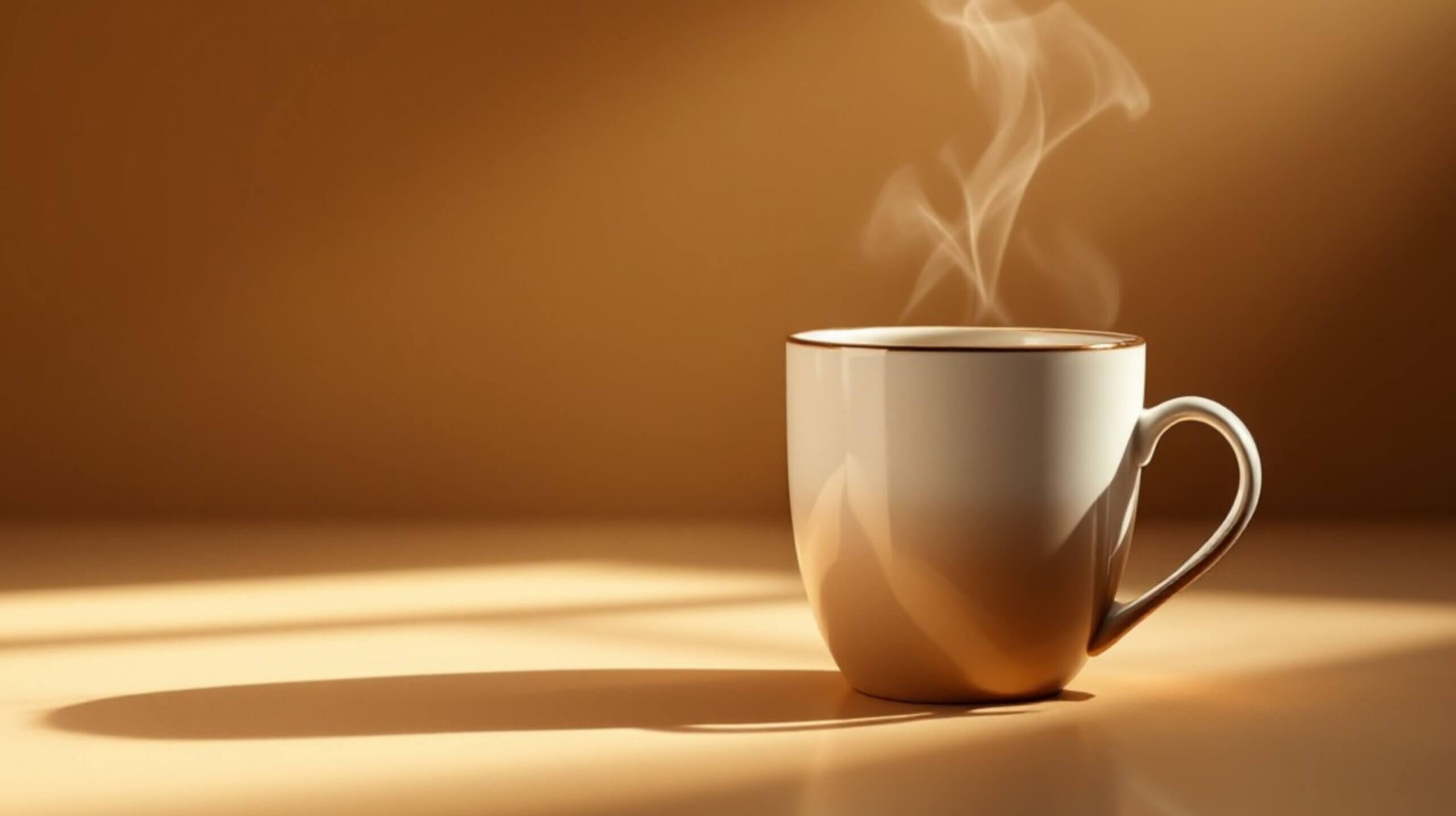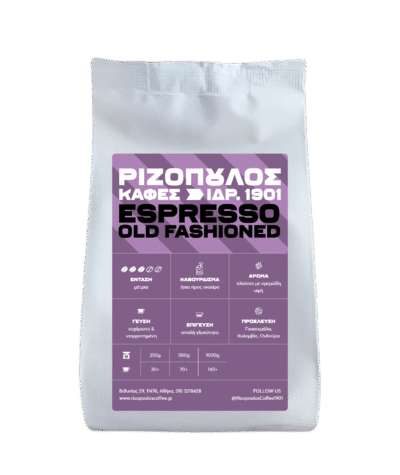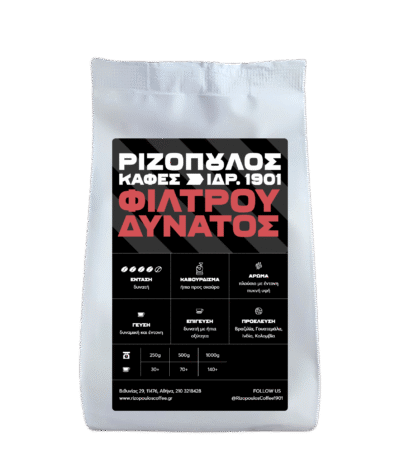- No products in the cart.
Coffee is art
Coffee is not just a beverage — it’s the spark behind ideas, the silent companion of creators, and the warm partner of inspiration. From the wooden tables of old coffeehouses, where revolutionary thoughts were born, to the fluid shapes that espresso paints on the white canvas of a cup, coffee is far more than flavor — it’s a form of expression, a true art.
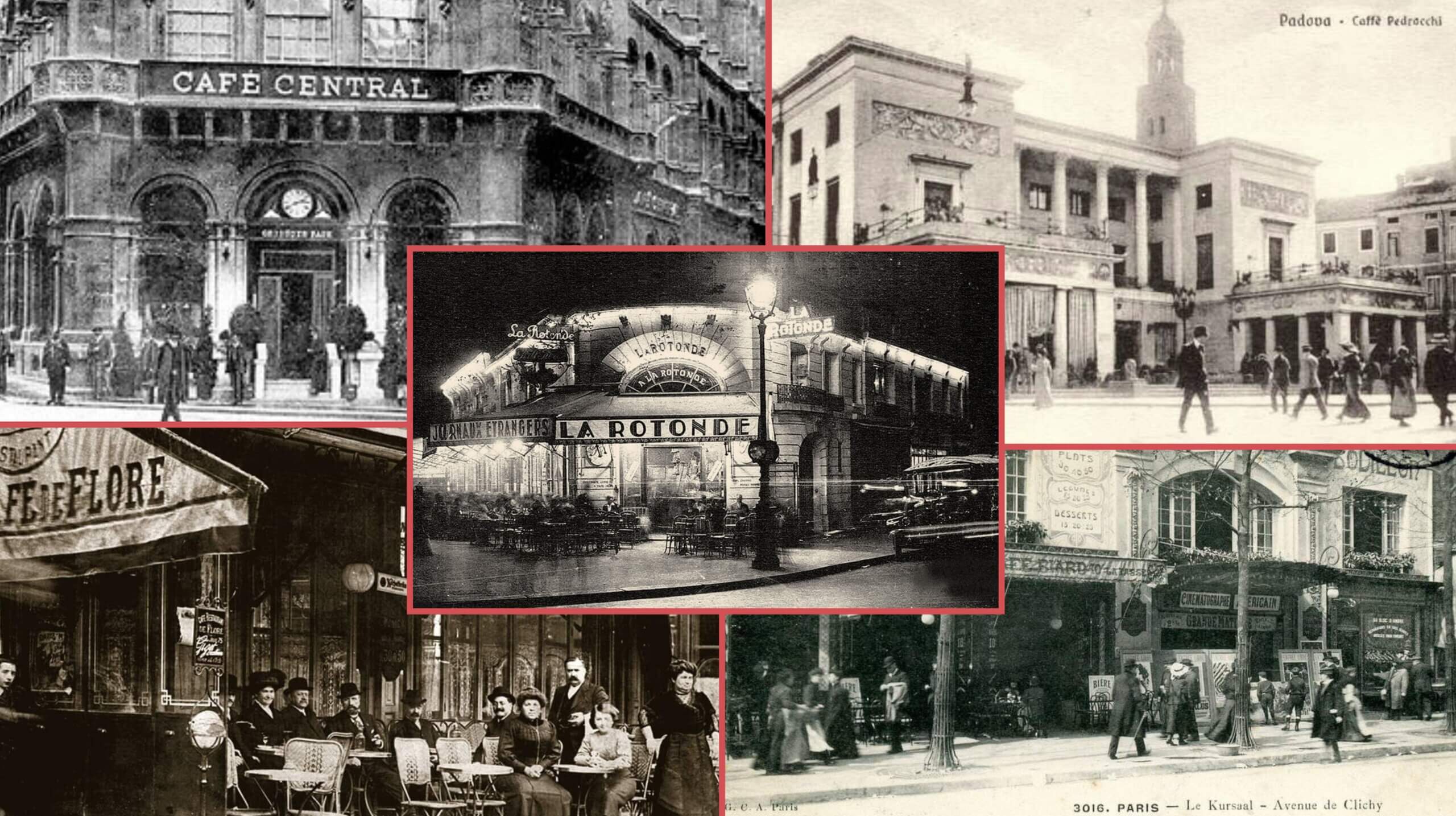
The secret ally of inspiration.
From the Age of Enlightenment to today’s digital era, cafés have remained steadfast hubs for ideas, art, and reflection. They are places where coffee is not just a beverage — it’s the fuel for imagination, inspiration, and creativity.
Caffeine, coffee’s key ingredient, boosts dopamine production in the brain, helping improve focus, mood, and problem-solving skills. Just one sip can spark an idea, a poem, a painting — or even a small “revolution” in the way we think.
18th century
As early as the 18th century, philosophers like Voltaire spent endless hours in Parisian cafés discussing philosophy and politics.
19th century
In Paris, Café Guerbois was the gathering place for Édouard Manet, Degas, Monet, Renoir, and other Impressionists. There, discussions about art were so intense that on one occasion Manet challenged a critic to a duel. In Italy, the historic Caffè Pedrocchi in Padua, known as the “cafè without doors," operated around the clock and hosted artists, students, intellectuals, and politicians such as Stendhal and Dario Fo.
Late 19th – Early 20th century
In Barcelona, Els Quatre Gats became the epicenter of Catalan modernism. There, the young Picasso held his first exhibitions and engaged with artists like Ramon Casas and Santiago Rusiñol.
Early 20th century
Shortly after, Café de la Rotonde in Montparnasse became known as a hangout for Picasso, Modigliani, Rivera, and other bohemian artists. Its owner, Victor Libion, even accepted paintings as payment for coffee. In Vienna, Café Central and Café Landtmann were iconic meeting places for important figures like Sigmund Freud, Leon Trotsky, Stefan Zweig, and Bertolt Brecht. There, between coffee and conversation, philosophical currents and political theories were born.
Interwar and postwar period (20th Century)
In the 20th century, personalities like Jean-Paul Sartre and Simone de Beauvoir continued this tradition, writing and exchanging ideas at Parisian cafés such as Café de Flore and Les Deux Magots.
In Greece cafés became significant meeting places for artists, intellectuals, and politicians, where ideas were discussed and cultural movements developed. Especially in Athens and Thessaloniki, they were points where ideas, philosophical discussions, innovative artistic trends, and political debates were born.
- Apollon Café (Athens, late 19th – early 20th century)
It was one of the most popular hangouts for poets, writers, and artists of the time. Figures like Kostis Palamas, Giorgos Seferis, and other intellectuals met there to discuss literature and politics. - People’s Café (Thessaloniki, interwar period)
A space where writers, journalists, and politicians met to exchange ideas about society and art. Thessaloniki had a vibrant artistic scene, and this café became a spiritual center of the city.
Baggeios Café (Athens, 20th century)
A hangout for artists and intellectuals, frequented by prominent painters and poets. There, the artistic scene of Athens was shaped with intense discussions about modernism and Greek identity.
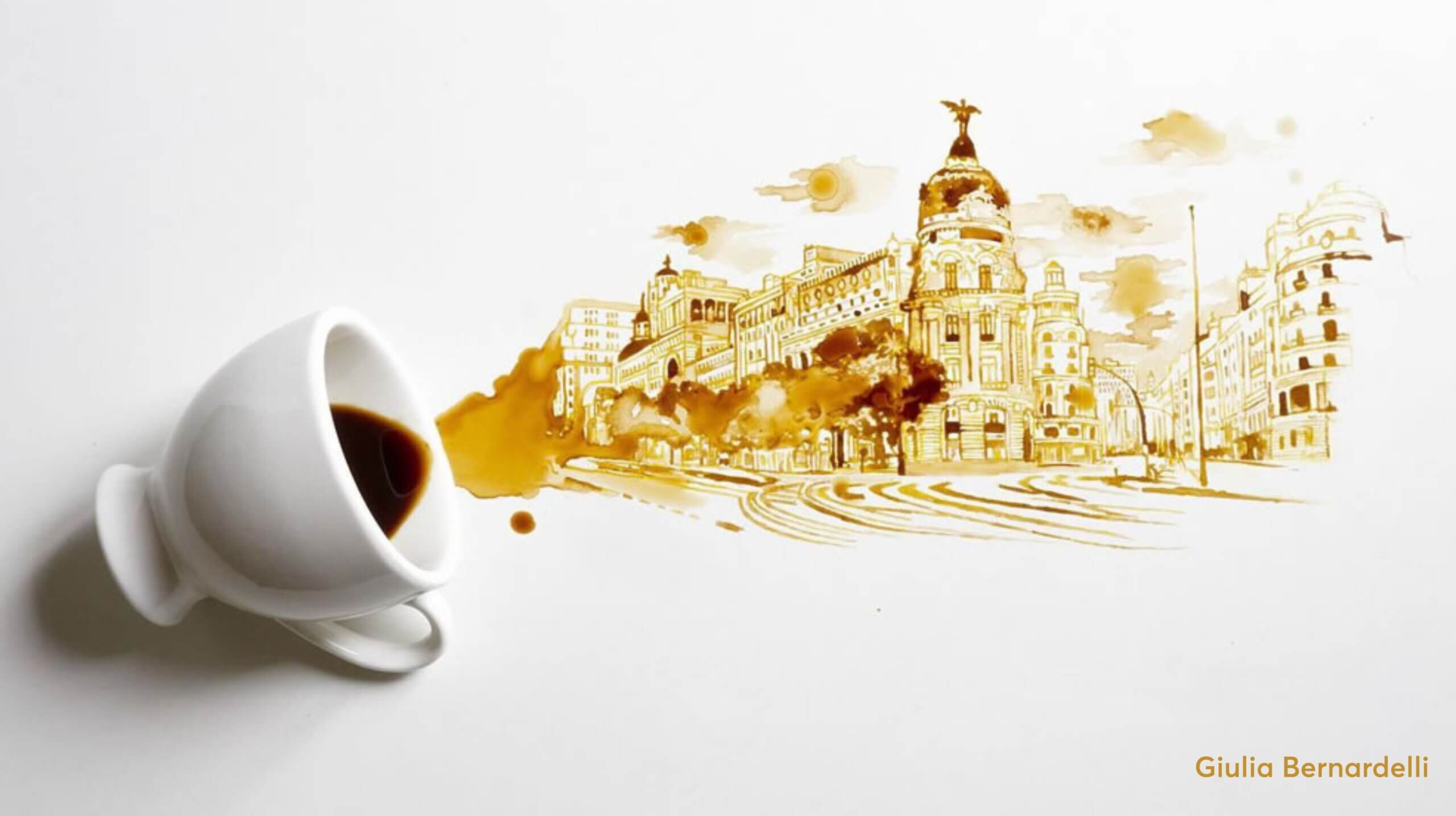
Coffee painting: When coffee becomes color
Artists worldwide, like Michael Aaron Williams, use coffee instead of traditional paints, creating works with warm, earthy tones. This technique, known as coffee painting, offers unique textures and shades while being environmentally friendly. If that sounds unusual, meet the Italian artist Giulia Bernardelli. A graduate of the Academy of Fine Arts of Bologna, she left behind brushes and paints to create art with everyday materials—including coffee grounds, fruit peels, and leaves! All her works are made with the simplest and most “accidental” medium: spilled coffee. As she says, “coffee can produce more shades and deeper shadows than conventional ink.” So next time you spill coffee on the tablecloth, instead of getting upset, see it as a chance to grab a paper, let your imagination run free, and who knows—your coffee might paint something magical, and your creation could become famous.
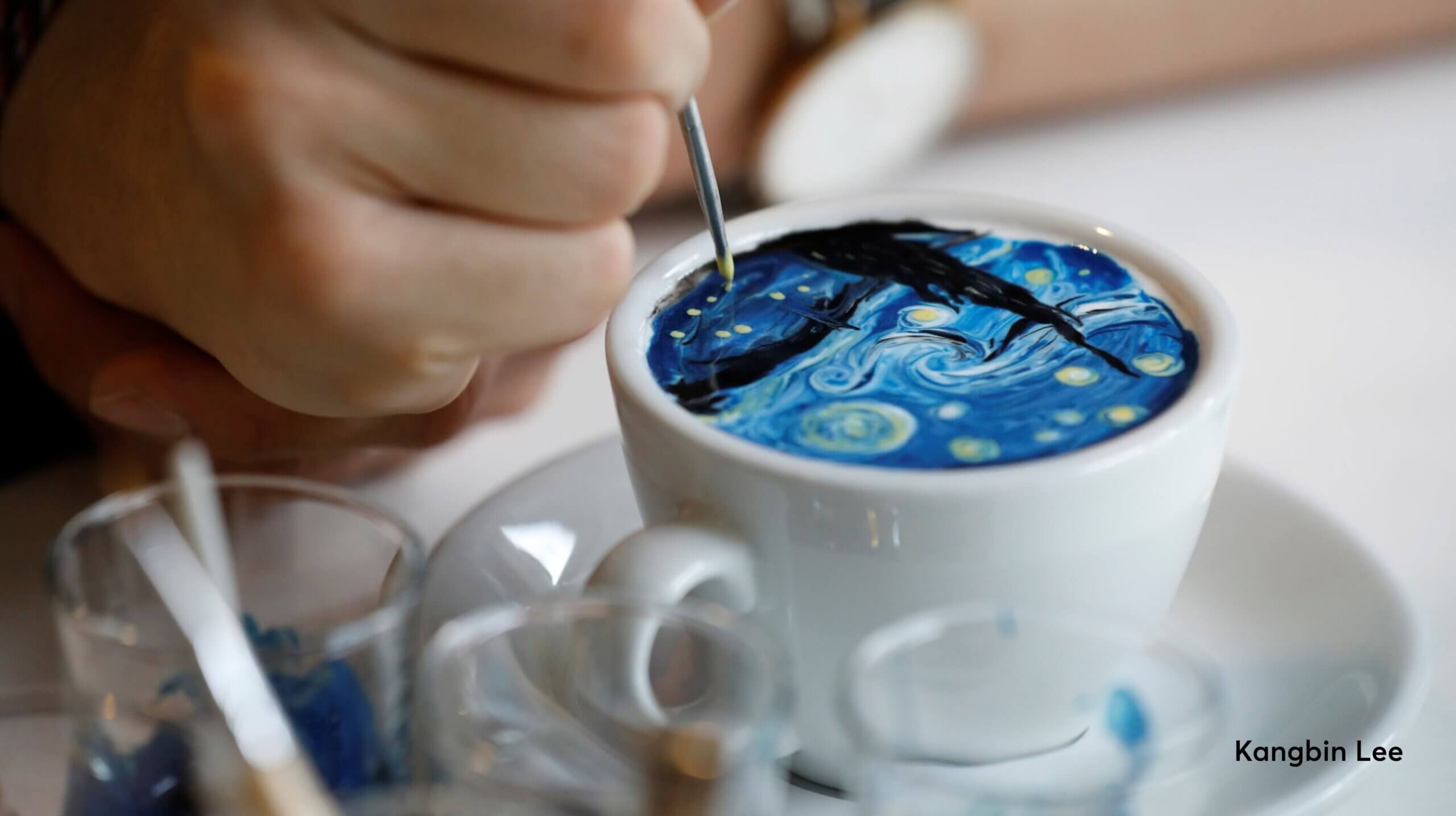
Latte art: The art in your cup!
Coffee preparation has evolved into an art form, with baristas creating impressive designs on the coffee’s surface. Latte art is the creative technique of pouring steamed milk over espresso, forming beautiful patterns and motifs on the coffee’s surface. Basic techniques include free pouring, where baristas pour milk to create shapes like hearts, rosettas, and tulips, and etching, where special tools are used to draw more intricate patterns. Artists like David Schomer and Lance Hedrick have significantly contributed to the development and popularity of latte art, turning it into an art that combines skill and creativity. Korean artist Kangbin Lee creates detailed latte artworks inspired by famous paintings and films. The process requires precision, creativity, and passion, making each cup unique.
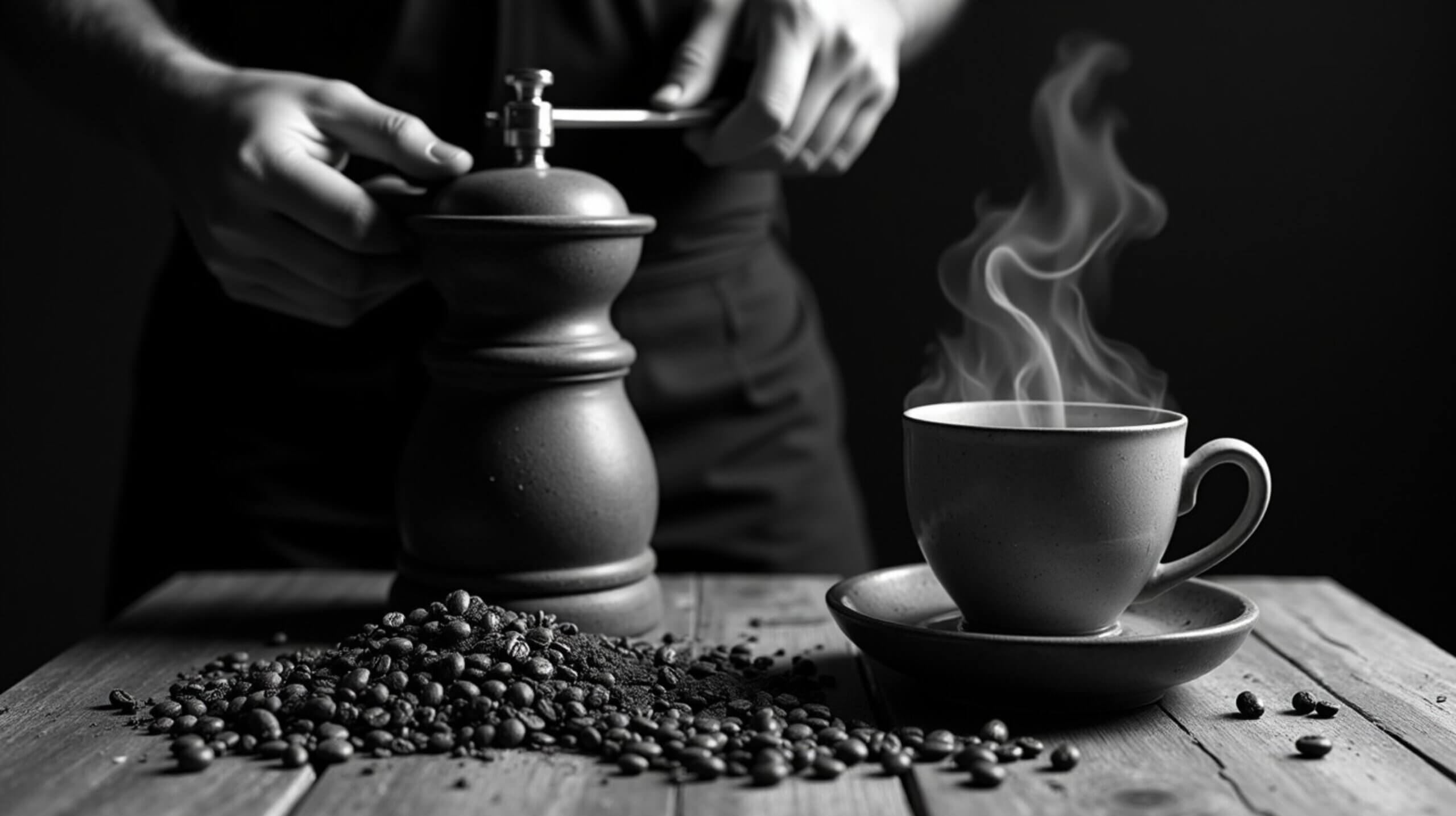
The art of coffee preparation: From bean to cup
The art of coffee preparation is a chain of magic that begins with the bean and reaches the cup with precision and passion. Producers cultivate and select the beans with respect for nature and climate, ensuring the first spark of quality. Roasters, with dedication and knowledge, roast and highlight the aromas, hiding stories and secret flavors within. Finally, baristas train in various extraction methods—such as espresso, pour-over, and cold brew—and the art of milk frothing to achieve the perfect texture. Like modern artists, they transform each cup into a masterpiece, perfectly balancing aroma, flavor, and texture, offering a unique, vivid experience that awakens the senses. This process combines science and art, delivering a complete experience to the consumer.
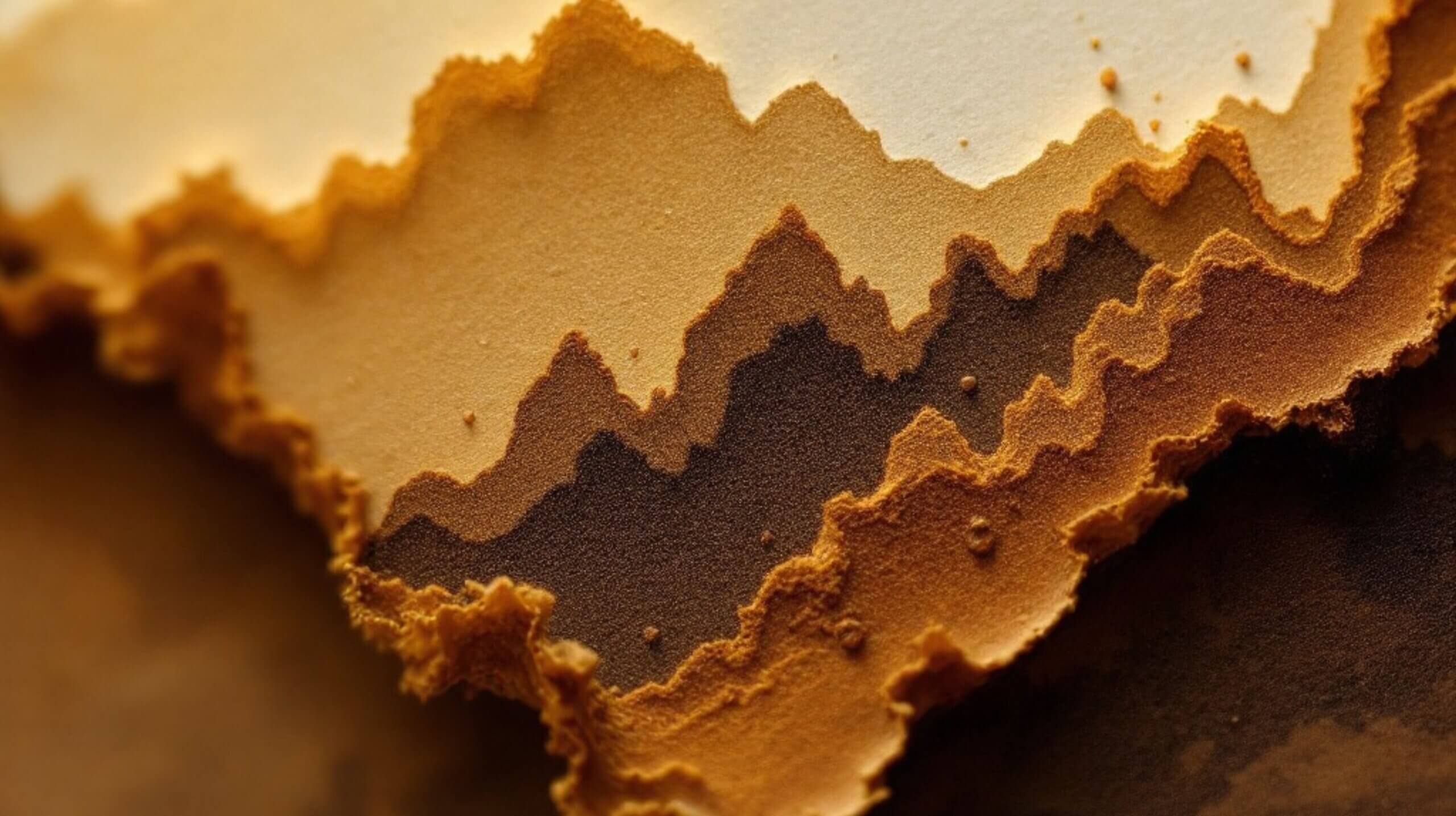
Art begins in your cup
Whether as a source of inspiration, a means of expression, or an object of creation, coffee has established itself as an integral part of art. The next time you enjoy your favorite cup of coffee, remember that you are holding a work of art rich in history and cultural significance.
Espresso Old fashioned
Espresso Old fashioned with a rich creamy texture and harmonious aroma.
- Intensity: classic
- Roasting: Dark
- Taste: pleasant & mild
- Aroma: rich with creamy texture
- Aftertaste: mild sweetness
- Origin: Colombia, Guatemala, Honduras
- Blend: 100% Arabica
This espresso blend is one of our first and has embodied the unique taste of 100% Arabica for over 20 years. It features the finest beans from Colombia, Guatemala, and Honduras, creating a coffee with balanced acidity and sweetness, rich chocolate aromas, and a distinct sweet character. Whether you’re an espresso enthusiast or just looking to try something new, this blend is the perfect choice! Available in 250g, 500g, and 1000g packages.
Strong filter coffee
Strong Rizopoulos filter coffee.
- Intensity: intense
- Roasting: Dark
- Taste: dynamic & intense
- Aroma: rich with intense dense texture
- Aftertaste: strong with mild acidity
- Origin: Brazil, Colombia, Guatemala, India
- Blend: Arabica, Robusta

